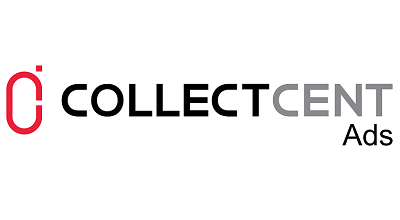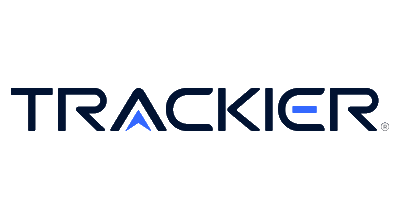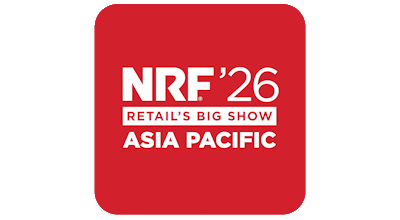Tata Tea, probably the biggest brand is your portfolio has been an iconic national brand. However, where Tea once meant chai, the infiltration of a variety of infusions from green tea, to orange pekoe and hibiscus tea etc, has made it sometimes a health and sometimes a fashion statement. Have you seen any effects of this in the traditional ‘chai’ market, and if so how are your countering it?
India still firmly remains “Chai” country and while the experimenters within us have looked at other indulgent or health options, Chai – whether it is the first cup in the morning or with a group of friends/ family – remains the most sacred of rituals for most Indians. The black tea market has been growing in double digits for a couple of year, led by upgrades from the unbranded segment. With that said consumers, especially young, educated & health conscious consumers are looking for unique tea-drinking experience & like to experiment with interesting and organic flavors. So clearly, there is an opportunity to cater to smaller niches like Green Tea or Flavoured teas which will continue to lead segment growth and create platforms for future growth. The art is to redefine the concept of tea drinking to keep the younger audience engaged with the category e.g in Tata Tea we have introduced flavors that are interesting to the Indian consumer (elaichi, masala mix) and offered Health & Wellness benefits in a traditional avatar. E.g. Teaveda
With the ‘Jaago Re’ campaign Tata Tea is playing a big role is being a voice for social causes in the country. Tell us about some new initiatives that you have implemented under the Jaago Re 2.0 umbrella.
With Jaagore 2.0 we were introducing a new concept of pre activism .The media mix for Jaago Re 2.0 was quite unique as it had a higher skew to digital than most of our campaigns.
The role of TV was initially to establish a complex concept like pre-activism through our launch commercial. Once that was established we then tied up with a news network to leverage influencers including news anchors, activists and policy makers influence consumers and develop action plans to bring about the change. The news network facilitated the development of manifestoes for gender sensitization and sports encouragement . Also for the first time a brand shared these manifestoes with and existing cabinet minister,the HRD minister, in this case who was appreciative of the campaign and actually announced some initiatives to promote the causes the day the manifestoes were shared with him.
Digital was the education and engagement back bone of the campaign .Through digital were we were able to get 1.8 million petitions apart from extremely high buzz.
Each medium had a role to play and running the campaign exclusively on any one medium would not have given us the desired results.
Other initiatives which worked really well for us :
Not only Native but localized native content to tell stories works very well to drive change at a micro level. For this we tied up with publishers like Jagran and Hindustan. The freedom to allow publishers to write for their audience while allowing the brand to ensure the messaging is true and consistent allowed for effective content with great engagement.
Through Moment marketing pieces of content: Building relevance in consumer moments: Building understanding for the concept of pre-activism, abstract and new, meant that we needed to really build relevance through key consumer moments. To showcase this new way of thinking in action. Be it the recent The recent section 377,Demonitisation, Women’s day, Water Day, Exam results we created some of our biggest and most successful videos/posts around days/issues that were relevant to the consumer.
How big is Digital marketing for you, especially since a lot of your campaigns are engagement led, and how do you plan to leverage it more effectively in the coming years?
Our percentage spends on digital are much higher than most other FMCG companies
India has over 350 million smartphone users and millennials in India spend an average of 4 hrs on their phone daily.As a country we leap-frogged several generations. There is no desktop or laptop generation here – we access and harness all the power of the internet directly through the mobile phone. Data also today is cheaper and more accessible.
With millions of youth consuming media through their smartphones, the platform can be used for not only engagement and conversations but also reach. The impact of TV has gone down due to increased media fragmentation and lesser time being spent on TV in favour of digital especially video platforms including OTT and social media
The consumer today has a low attention span and needs to be approached through multiple media. Her relationship with content is personal, but her interactions are through multiple screens. So if you want to leave a lasting impression on the consumer, you need to follow the consumer media journey. Thus, for us to leverage the medium better it has become imperative for us to understand this journey and reach them with content that resonates at each stage.
The green tea segment has been growing over the years. How has this segment performed for you, and are there any special strategies that you are following to capture the market?
TGB were the pioneers of Green Tea in India when we launched our offerings with the Tetley brand in 2006. Since then, we have seen significant growth in this segment. However, overall penetration of Green Tea remains below 2% and there-in lies the opportunity for future growth. We are currently among the top two players in India and have continued to grow on the back of new flavours, impactful communication and relevant innovation in this category, which shall continue in the future. We had recently launched a campaign featuring Deepika Padukone, which brings alive the idea that while a lot of us try to make healthy choices, we come across situations when we give in to indulgences. Tetley Green Tea can help detox and cleanse your system

















































































